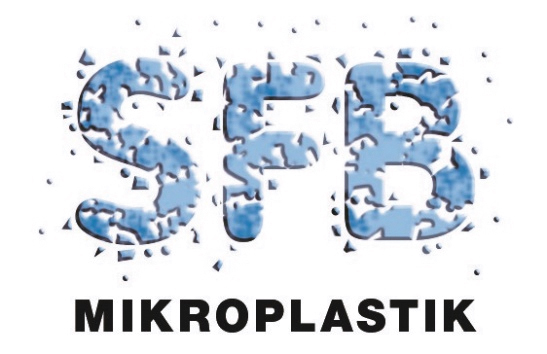News
New Junior Research Group Statistical Ecotoxicology
01.03.2021

Dr Magdalena Mair will head the junior research group Statistical Ecotoxicology from 1 March 2021. She researches the risk assessment of microplastics and uses machine learning (ML) models combined with explainable artificial intelligence (xAI) to estimate the toxicity of substances on different organisms.
To get to know Dr Magdalena a little better, we asked her a few questions about her interests and ideas:
What are your major research interests?
A major challenge of ecotoxicological risk assessment is the practical limitation of experiments to a small set of standard test organisms, which contrasts the general aim of protecting all organisms present in a contaminated environment. In addition, the diversity of contaminants to which these organisms are exposed further complicates the risk assessment process and makes it necessary in practice to extrapolate from existing data to non-tested species and contaminants.
In my research I address current risk assessment practices and alternative approaches, focusing mainly on the assessment of biological effects on organisms exposed to different contaminants. A major focus of my research is the prediction of effects across species and contaminants based on the species’ and contaminants’ traits. The focus on traits allows predictions of toxicity to be made for entirely untested organisms and untested substances or materials. In addition, I am interested in the scaling of effects across different levels of biological organization and the reliability of basic statistical concepts used in the process of risk assessment that try to prove the absence of effects.
What methods are you using?
I mainly use machine learning (ML) models in a trait-matching approach combined with explainable AI (xAI) to infer trait-trait-combinations between species and contaminants that are associated with toxic outcomes. Modeling based on traits then allows the prediction of toxic outcomes for non-tested species, contaminants and endpoints. In addition, I use experimental simulations to evaluate error rates of statistical methods that aim at proving the true absence of effects.
Why are you working with Microplastics - What motivates you?
Microplastics are particularly interesting to me, because, firstly, they have been found almost everywhere in the environment, potentially affecting all kinds of organisms and therefore represent one of the most important global environmental challenges of today. In addition, microplastic particles are exceptionally complex with respect to their traits, including for example polymer type, shape and size, degradation stage and associated chemicals, to name just a few. Microplastic particles are thus particularly interesting from a methodological trait-matching point of view. Secondly, apart from first attempts to restrict the use of intentionally added microplastics in the EU and first steps towards implementing a risk assessment for microplastics in California, there are currently no risk assessment procedures for microplastics in force, opening up the possibility to generate valuable input that can contribute to the establishment of future guideline documents when restrictions on the use of microplastics are implemented. With the research of the junior research group Ecotoxicology I aim to contribute significantly to making the future risk assessment of microplastics as reliable as possible.
What potential do you see for the junior research group at the University of Bayreuth and the CRC 1357?
Microplastic risk assessment and modeling of adverse effects of microplastic particles integrates information and data from different areas of microplastic research. The research of the junior research group Ecotoxicology will thus be strongly connected to the different subprojects of the CRC 1357, which include the biological effects on aquatic and terrestrial organisms as well as chemical and physical properties of different microplastic types. With the junior research group Ecotoxicology, I thus aim for strong collaborative connections within the CRC 1357 and outside. The University of Bayreuth with its focus on organismic biology and its campus structure is an ideal location to establish these connections and to realize the interdisciplinary nature of microplastic ecotoxicology and risk assessment research.
Short Bio
- From March 2021 - Junior Research Group Leader Ecotoxicology, University of Bayreuth
- 2019 – 2021 – Postdoctoral researcher, University of Regensburg, Theoretical Ecology Group (Florian Hartig)
- 2019 – PhD, University of Regensburg, Chemical Ecology Group (Joachim Ruther)
- 2010 – Diploma in Biology, LMU Munich, Chemical Ecology Group (Volker Witte)
- Arbeitsgruppe Evolutionsökologie (Volker Witte)

